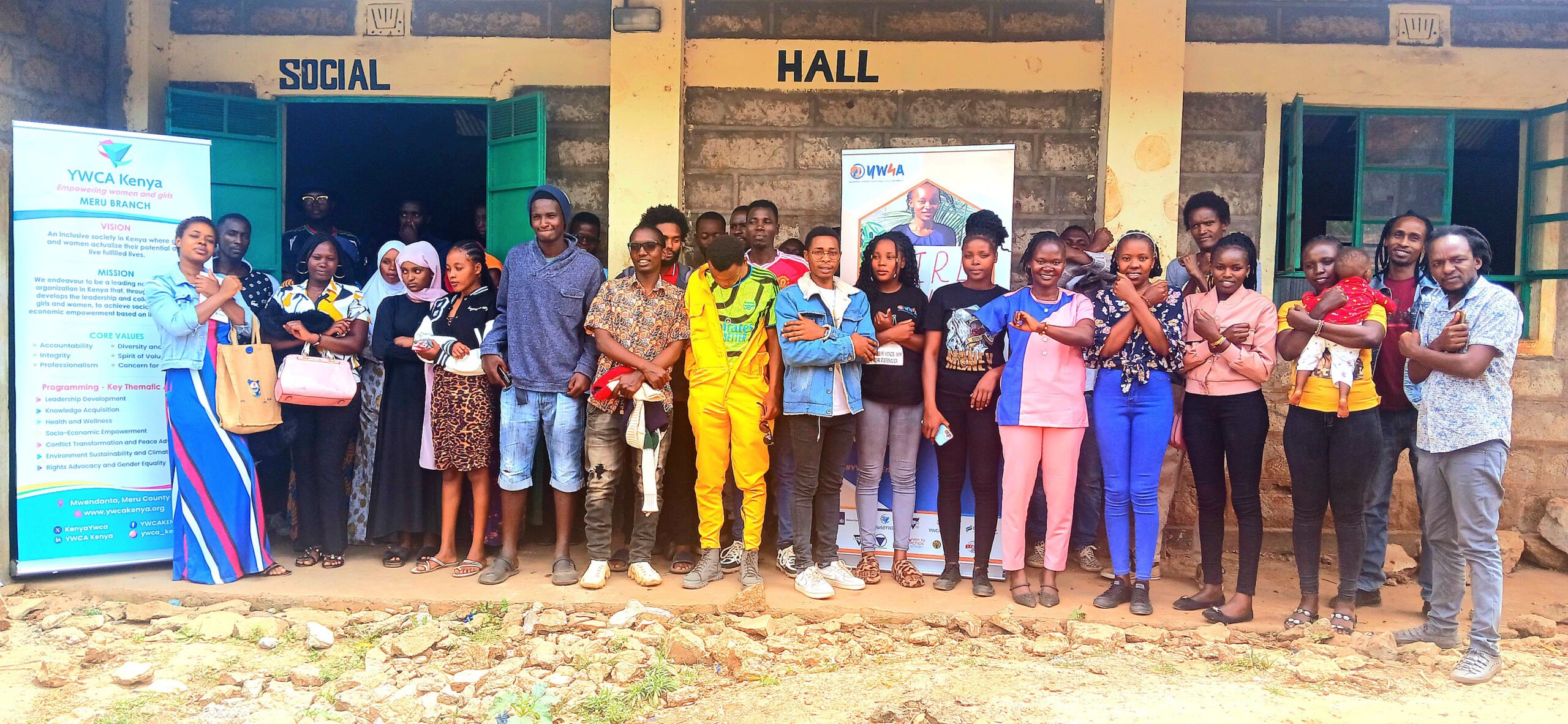Persons with disabilities continue to face discrimination, exclusion, and negative stereotypes in many communities. These misconceptions often stem from a lack of awareness and understanding about disabilities. Many societies associate disabilities with myths, seeing them as a curse, a punishment, or a sign of weakness. Such beliefs contribute to stigma, preventing persons with disabilities from accessing education, employment, healthcare, and social participation. To break these barriers, awareness campaigns play a crucial role in challenging stereotypes and fostering inclusive communities.
How Awareness Campaigns Change Perceptions
Awareness campaigns serve as powerful tools to educate communities about disabilities, promote respect, and create inclusive environments. By sharing real-life experiences of persons with disabilities, these campaigns challenge existing prejudices and demonstrate that disability is not a limitation but a part of human diversity. Campaigns that showcase success stories of persons with disabilities excelling in education, employment, sports, and leadership help shift perceptions from pity to empowerment.
Public discussions, media campaigns, and community dialogues also play a vital role in changing attitudes. Radio programs, television shows, and social media platforms can be used to spread messages about disability rights, accessibility, and inclusion. Schools, religious institutions, and workplaces can organize workshops to educate people on the importance of respecting and supporting persons with disabilities. By engaging families, teachers, employers, and policymakers, awareness campaigns create a ripple effect that influences broader societal change.
Addressing Key Stereotypes and Misconceptions
Many stereotypes about persons with disabilities are rooted in misinformation. Some believe that persons with disabilities are incapable of leading independent lives, while others assume they always need charity rather than opportunities. Some communities hold superstitious beliefs, thinking that disabilities result from witchcraft or bad luck. Awareness campaigns help debunk these myths by providing factual information about different types of disabilities and the capabilities of persons with disabilities.
For example, campaigns can highlight how assistive technologies, inclusive education, and workplace accommodations enable persons with disabilities to contribute meaningfully to society. Testimonies from persons with disabilities, their families, and professionals working in disability inclusion can help reshape perceptions. Additionally, showcasing the talents of persons with disabilities in arts, sports, and entrepreneurship challenges the notion that they are burdens rather than contributors to society.
Promoting Inclusive Policies and Practices
Beyond changing mindsets, awareness campaigns influence policy reforms and promote inclusive practices. Governments and organizations that are exposed to disability awareness initiatives are more likely to implement policies that ensure accessibility in education, employment, healthcare, and public spaces. Employers become more willing to hire persons with disabilities when they understand the benefits of workplace diversity. Schools adopt inclusive teaching methods when educators are trained on disability rights and accessibility.
Community-driven campaigns also encourage better infrastructure and services. When people understand the barriers persons with disabilities face daily, they advocate for wheelchair ramps, accessible transportation, sign language interpreters, and other necessary accommodations. This leads to real changes that improve the quality of life for persons with disabilities.
The Role of Persons with Disabilities in Awareness Campaigns
Persons with disabilities must be at the forefront of awareness campaigns. Their voices and experiences provide authenticity and challenge the idea that disability issues should be addressed by persons without disability alone. When persons with disabilities share their personal stories, it fosters empathy and breaks stereotypes more effectively than any statistics or policies alone.
Involvement in campaigns also empowers persons with disabilities, giving them confidence to advocate for their rights and become active members of their communities. Disability rights organizations, activists, and allies should ensure that persons with disabilities are included in planning and leading awareness efforts.
Conclusion
Awareness campaigns are very important in breaking down stereotypes and fostering inclusive societies for persons with disabilities. By educating communities, addressing misconceptions, promoting inclusive policies, and amplifying the voices of persons with disabilities, these campaigns contribute to a more accepting and accessible world. Changing mindsets takes time, but through continuous efforts, societies can move from exclusion and discrimination to respect and inclusion. Empowering communities with knowledge and understanding is the first step toward ensuring that persons with disabilities enjoy their rights and participate fully in all aspects of life.

